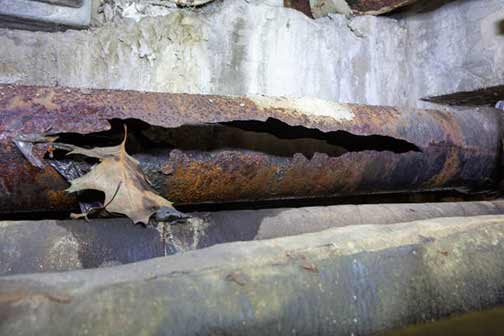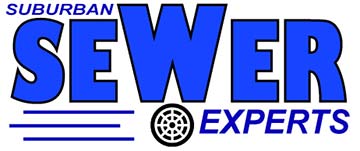
The sewer line can be described as the basis of your building’s drainage system, says BanCal Properties group. Its main job is to collect wastewater from sinks, showers, toilets, and water-utilizing appliances and carry it into the municipal sewer lines or septic system.
Problems in one of your building’s many plumbing fixtures typically do not prevent the normal operation of the rest of the plumbing. However, if your sewer line malfunctions, it can put your entire plumbing system out of commission.
This is because the sewer line is the eventual endpoint of all the drainage pipes that serve the different plumbing fixtures in your building. Whether it is the sink, shower, toilet, or dishwasher, wastewater generated by these fixtures ultimately ends up inside the sewer line.
If the sewer line fails, your entire plumbing system will fail with it. This is why proper sewer line care is vital for the comfort and safety of your family as well as the smooth operation and success of your business. A proper sewer line helps you avoid crises.
Potential impact of sewer line crisis on your home or office
What is a sewer line crisis?
These are problems that have the capability to not only suspend the function of the sewer system but to even damage it. Examples of problems that constitute a sewer line crisis include: a collapsed, blocked, backed-up, or cracked sewer line.
A sewer line crisis in your home or office building can leave you with the following troubles:
- Serious disruption of your daily life or day-to-day business operations
- Bad odors in your home or office create an overall unpleasant environment
- Exposure to harmful bacteria as a backed-up sewer line spews raw sewage into the building
- Possibility of water damage as sewer line leaks or back-ups discharge water into the structures of the building
- Mold growth in the hidden corners of the building, with the risk of mold sickness
- Foundation damage as wastewater from the sewer line leaks into the base of the building
- Elevated maintenance costs – sewer line repair, water damage restoration, etc.
- Loss of revenue as the sewer line problems slow or disrupt business operations
- Significant decrease in the value of the water-damaged property
With proper sewer line care, these problems can be avoided. What is the right way to care for your sewer line? The following tips from our experts show you how to optimize the function of your sewer line to maximize its service life.
Expert advice on how to care for your sewer line
- Ensure proper waste disposal
The problems in your sewer line often originate from how the system is used. If you regularly dump fats, oils, and grease into the drains, your home or commercial building is more likely to have sewer line issues. Disposing of anything other than human waste, water, and toilet paper in the toilet will lead to clogs. You must also avoid flushing eggshells, coffee grounds, fibrous veggies, starchy foods, etc., down the kitchen sink. Proper grease trap and garbage disposal maintenance is a must.
- Prevent tree root invasion
Tree root intrusion into pipes is a major cause of sewer line problems in homes and office buildings. Nearby tree roots can find their way into sewer pipes via leaks and weak joints. Tree roots may also force your sewer line out of position by growing over or under the pipes. Tree root removal and tree root barriers are effective strategies for keeping invasive tree roots out of your sewer line.
- Replace old pipes with modern materials
Aging pipe materials will make your sewer line more susceptible to serious problems. If the pipes in your sewer system are made of clay, cast iron, or Orangeburg, they must be replaced. These older materials are more vulnerable to corrosion, tree root invasion, and general deterioration. Modern materials, on the other hand, are less prone to breakage; they are often cheaper and easier to maintain.
- Regular sewer line inspections
Routine inspections let you catch problems in the sewer line at their beginning stages. These should include visual inspections of the exposed parts of the system, done every quarter. To detect the possible presence of microfractures, inspections using high-tech imaging systems should be carried out periodically. A sewer camera inspection, done every one or two years, provides up-to-date information on the true condition of the pipe channels.
- Biannual sewer line cleaning
Cleaning the sewer line on a schedule, not when clogs and blockages force you to do it, is the best way to ensure optimal water flow through the entire length of the system. Sewer line cleaning can be done with hydro jetting or sewer rodding. After cleaning, a sewer camera inspection should be performed to make sure the debris is removed, and there are no breaks in the pipes.
Lastly, working with a qualified sewer line expert is vital for maintaining the function and integrity of your sewer line. A reputable sewer line expert will solve the existing problems in your sewer line and also make the system resilient enough to handle future issues.

